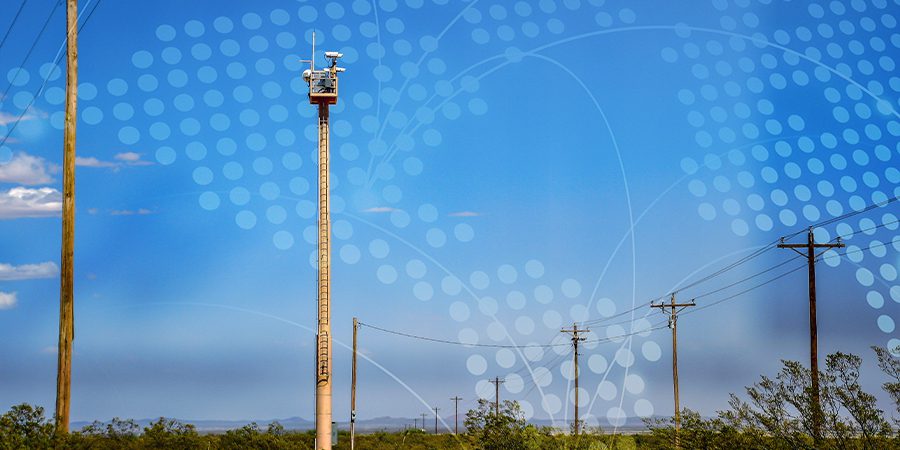In this article, we’ll explore the reasons behind the US government’s massive investment in surveillance technology at the southern border, and how this affects both migrants and local communities.
Key Takeaways:
- The US is investing $200 million to expand its network of surveillance towers along the southern border.
- The number of towers is set to triple, reaching a total of 442 towers in the next few years.
- There are three types of surveillance towers: remote video surveillance systems, integrated fixed towers and autonomous surveillance towers.
- The effectiveness and goals of the program remain unclear, with agencies declining to provide clear explanations.
- The expanding surveillance network raises concerns about its impact on border communities and migrants.
The Rising Investment in Surveillance Towers
As the US faces an ongoing crisis at the southern border, the government has been pouring money into surveillance technology to address the issue.
Late last year, US Customs and Border Protection (CBP) called for proposals to upgrade and expand a network of surveillance towers that line the trail from San Diego, California, to Port Isabel, Florida.
The goal of this project, which costs $200 million, is to aid agents in supervising border crossings, stopping the illegal activities of human trafficking and drug smuggling, and offering necessary assistance during emergencies.
The program has already cost over a billion dollars since its inception in 2005.
These surveillance towers are part of a larger effort to create a virtual border wall.
With the number of migrant deaths surging and border facilities becoming overwhelmed, the Biden administration has turned to technology as a potential solution.
In the coming years, the number of surveillance towers is expected to triple, with the current count of 135 set to increase to 442.
Types of Surveillance Towers
There are three primary types of surveillance towers deployed along the border: integrated fixed towers, remote video surveillance systems, and autonomous surveillance towers.
Each of these towers is designed to detect people from a distance using a combination of sophisticated cameras, radar sensors, and lasers.
Integrated fixed towers and remote video surveillance systems claim to detect a person from over 7.5 miles away.
The newer autonomous surveillance towers have a shorter range of 1.7 miles but are equipped with movement-detecting radar and detection AI, which allows for image analysis without human intervention.
As stated in the 2023 CBP budget, the agency intends to combine all towers into a single system that can work together. They aim to build a total of 723 towers along both the northern and southern borders.
Questionable Effectiveness and Goals
Despite the massive investment in surveillance towers, the program’s actual effectiveness and goals remain unclear.
Dave Maass, lead investigator on the Electronic Frontier Foundation (EFF) project, has yet to hear a well-articulated explanation of the program’s objective. Is the goal to deter, document, or intercept people crossing the border? The answer remains elusive.
The agency’s justification for the drastic expansion of the program seems rooted in the crisis mentality surrounding migration at the border.
However, Maass points out that real crises often occur at points of entry or along common migration routes, where surveillance towers might not be as effective.
Moreover, a recent investigation by EFF found that the towers have a limited record of success, forming more of a patchwork system than a sophisticated virtual border.
With the agency declining to comment on the record, questions about the program’s true purpose and efficacy persist.
Impact on Border Communities and Migrants
The expanding surveillance network raises concerns about its impact on border communities and migrants.
The ACLU of Texas published a recent report showing that residents’ mental health is significantly affected by surveillance, whether real or perceived.
According to David Donatti, a lawyer working for the organization, many individuals are afraid to visit important places such as supermarkets, medical facilities, voting stations, and community centers because they do not want to come across border patrol officers.
Furthermore, Donatti emphasizes that most immigrants come into the United States lawfully and without attempting to avoid the authorities, making the use of surveillance technology mostly unnecessary.
As legal options become more restricted, migrants resort to riskier methods to enter the country. However, increasing surveillance doesn’t address the root problem.
Conclusion
While the US is heavily investing in surveillance technology at the southern border, the true effectiveness and goals of the program remain uncertain.
As the number of towers continues to grow, concerns about the impact on border communities and migrants also increase.
It is crucial to reevaluate the need for such invasive technology and seek solutions that address the root problems of immigration and border management.
 Sections of this topic
Sections of this topic
















